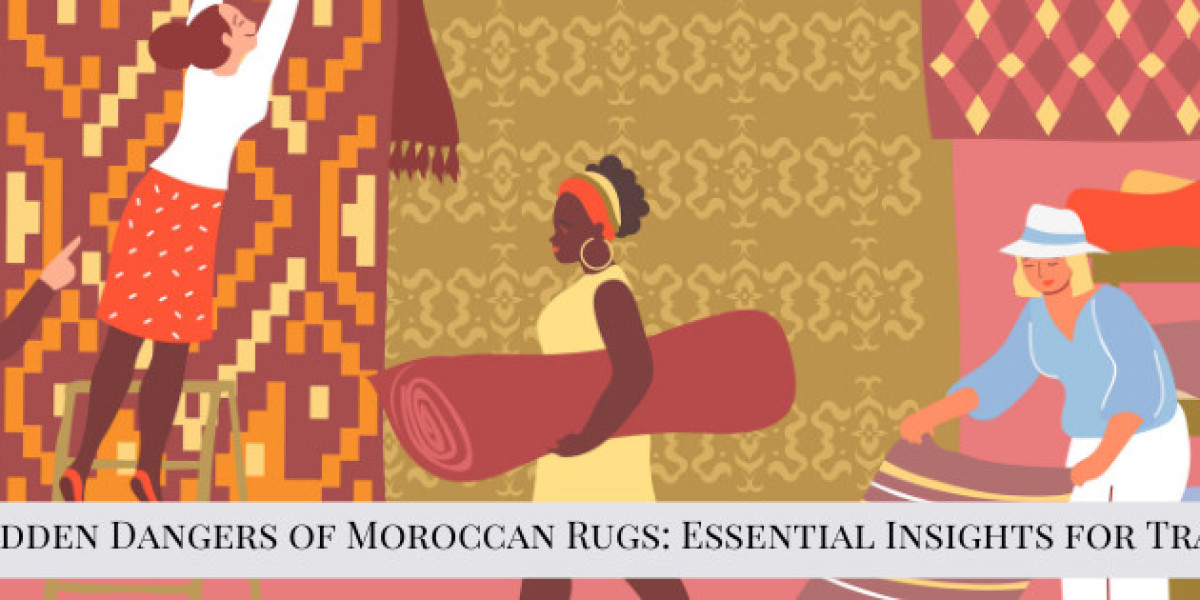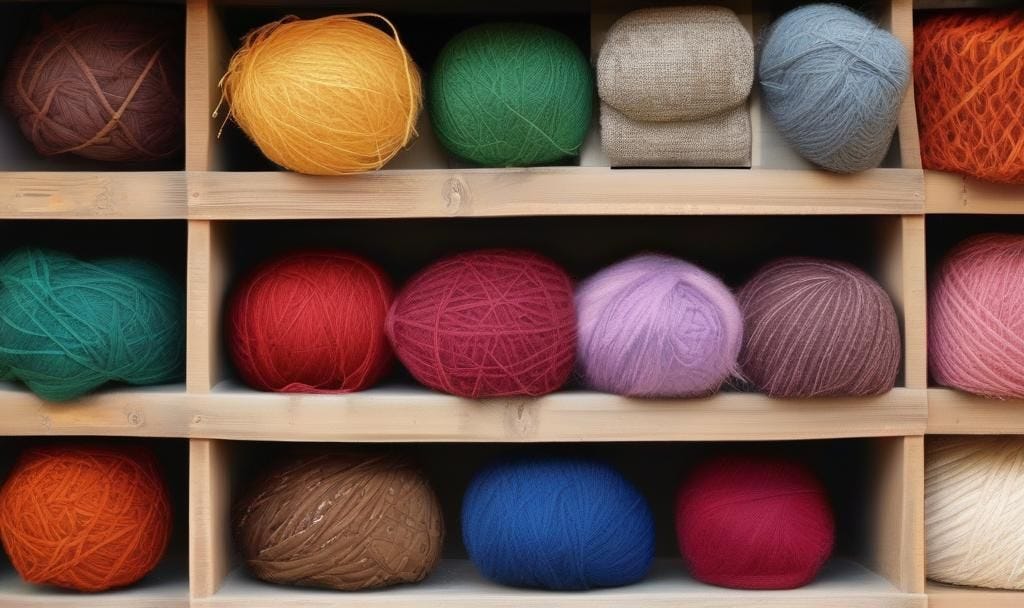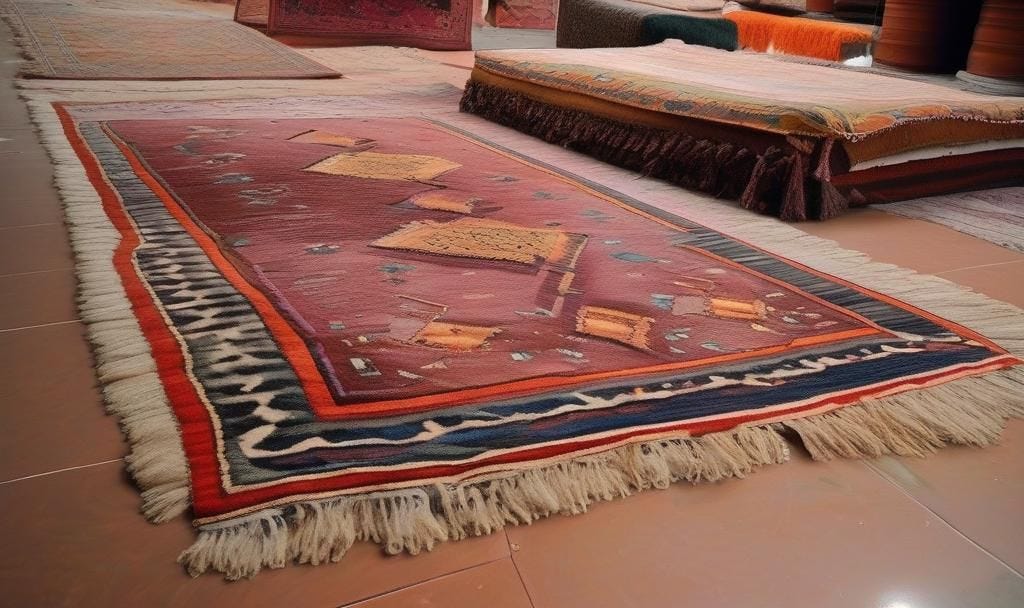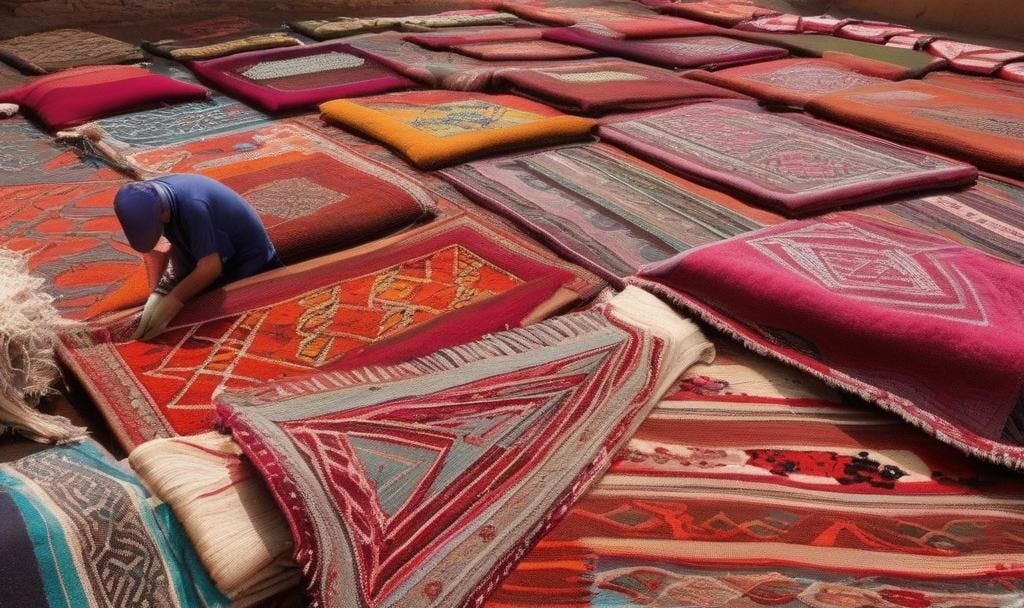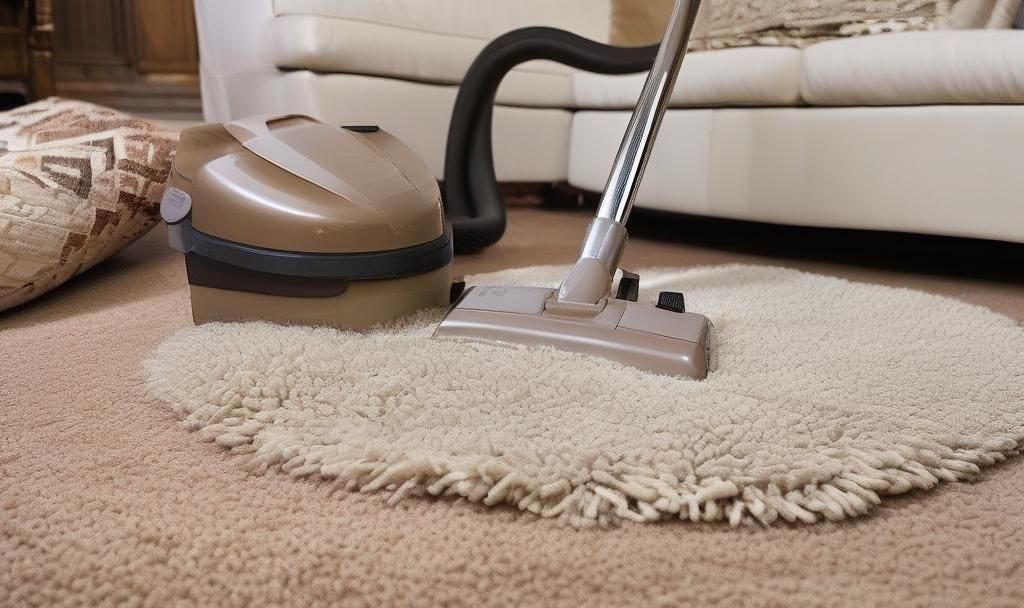Morocco is renowned for its vibrant markets and the allure of handcrafted Moroccan rugs, known for intricate patterns and rich colors. However, while these rugs make for beautiful souvenirs, they come with potential pitfalls. Understanding the hidden dangers of Moroccan rugs can help travelers make informed decisions.
Table of Contents
Quality Control Concerns
Allergens and Irritants
Ethical Sourcing and Labor Practices
Environmental Impact
Maintenance Challenges
Cultural Sensitivity
1. Quality Control Concerns
In recent years, the demand for Moroccan rugs has surged, leading to increased production from various sources. Not all rugs uphold the traditional standards, as some manufacturers opt for cheaper, synthetic materials that may contain harmful chemicals, posing health risks, especially indoors.
Tip for Travelers: To ensure authenticity, look for established shops that guarantee the use of natural fibers like wool or cotton. These materials are not only durable but safer for home environments.
2. Allergens and Irritants
Many Moroccan rugs, especially those made with synthetic materials or treated with chemicals, may carry allergens. Rugs not properly cleaned before sale may lead to respiratory issues or skin sensitivities.
What You Can Do: Before purchasing, inquire about the rug’s cleaning history and request professional cleaning options if available. This simple step can help prevent potential health risks.
3. Ethical Sourcing and Labor Practices
With rising demand, some Moroccan rugs are produced under questionable labor practices. It’s crucial to support businesses that pay artisans fairly and preserve traditional techniques, rather than those that prioritize profit over fair practices.

Support Ethical Choices: Seek out shops that value fair-trade principles and showcase authentic work from local artisans, ensuring that your purchase supports the culture and craftsmanship of Morocco.
4. Environmental Impact
Rug production in Morocco sometimes involves environmentally harmful practices, such as water pollution from dyes and the use of non-biodegradable synthetic fibers.
Eco-Friendly Options: Choose rugs made with natural, eco-friendly materials. Supporting sustainable brands not only reduces environmental impact but ensures you’re bringing home a rug that truly reflects Moroccan heritage.
5. Maintenance Challenges
Moroccan rugs, while beautiful, often require more care than standard rugs due to their unique textures and materials. Without regular upkeep, they can lose their appeal and longevity.
Caring for Your Rug: Regularly vacuuming and spot-cleaning helps maintain the rug’s natural beauty and durability. Be mindful that Moroccan rugs may need professional cleaning to keep them in optimal condition.
6. Cultural Sensitivity
Many Moroccan rug designs hold cultural and historical significance, reflecting stories of Berber tribes and Moroccan traditions. Understanding the cultural importance of these designs adds value to your purchase and promotes respect for local heritage.
Embrace the Culture: Take time to learn about the patterns and meanings woven into each rug. Showing appreciation for the craftsmanship fosters a meaningful connection to Moroccan culture.
Conclusion: Navigating Moroccan Rug Purchases
Moroccan rugs are exquisite pieces of art, but travelers should be aware of the potential challenges when buying them. Understanding quality, sourcing, and environmental considerations not only enhances your travel experience but ensures that your purchase is a positive contribution. Next time you visit Morocco, consider these insights to bring home a rug that you can enjoy with confidence and pride.
